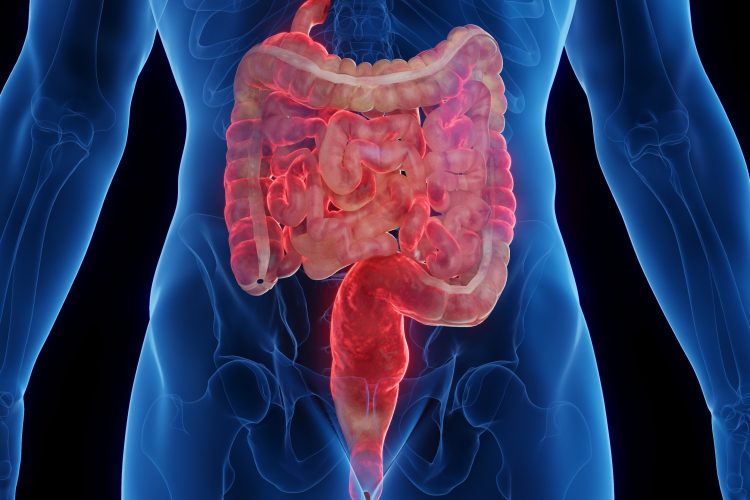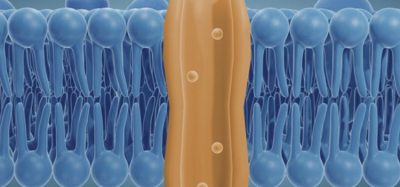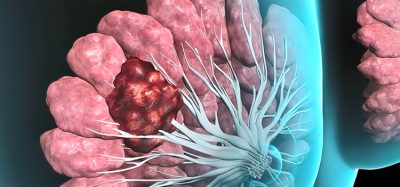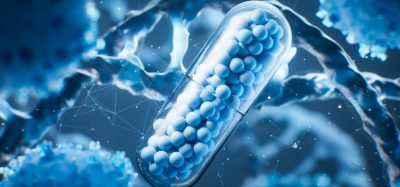Crohn’s disease: discovery of two distinct molecular subtypes
Posted: 30 September 2024 | Drug Target Review | No comments yet
By studying organoids derived from adult stem cells, researchers made a discovery that could improve the development of personalised therapeutics.


Researchers at the University of California San Diego have discovered two distinct molecular subtypes of Crohn’s disease by studying organoids derived from adult stem cells in the intestine tissue from patients with this autoimmune disorder. The results could improve the diagnostics and development of personalised therapeutics.
Characterised by chronic inflammation of the digestive tract, Crohn’s disease causes many debilitating symptoms. Ultimately, the gut lining can be destroyed which requires multiple surgeries. The lack of preclinical models that accurately replicate the condition, and the heterogeneity among patients, means that developing treatments has been very challenging.
In the new study, the researchers sampled gut tissue from 53 Crohn’s disease patients, with diverse background and a variety of clinical symptoms, during routine colonoscopies at Inflammatory Bowel Disease Center at UC San Diego Health.
Led by Courtney Tindle, the first author of the study and director of the UC San Diego HUMANOIDTM Center of Research Excellence at UC San Diego School of Medicine, the team formed a biobank of patient-derived organoid cultures.
Although past studies of Crohn’s disease have made organoids from pluripotent stem cells reprogrammed to become gut cells, developing the organoids from adult stem cells in gut tissue more accurately replicates the traits of the disease, said senior author Pradipta Ghosh, professor of cellular and molecular medicine and executive director of the HUMANOIDTM Center.
She explained: “The pluripotent stem cells — whether derived from blood or skin cells, carry the genetic traits of the patient, but have no way to know the inflamed environment inside the patient’s gut. Adult stem cells retain the epigenetic memory of the intestinal environment, including history of bacterial colonisation, inflammation and altered oxygen and pH levels.
IDICD and S2FCD
Notably, the team discovered that regardless of how many clinically diverse patients were recruited, the organoids fell into one of just two discrete molecular subtypes which showed unique patterns of genetic mutation, gene expression, and cellular phenotypes.
The first subtype is named immune-deficient infectious-Crohn’s disease (IDICD). This is characterised by difficulty clearing pathogens, and an insufficient cytokine response by the immune system. Typically, these patients form fistulas with pus discharge. The second subtype is stress and senescence-induced fibrostenotic-Crohn’s disease (S2FCD), characterised by cellular aging and stress. Fibrosis of gut epithelial tissue which could form strictures are normally developed by these patients.
The finding of two distinct molecular subtypes could result in a shift from the traditional understanding of Crohn’s disease. Categorising patients by one of the two molecular subtypes could offer more personalised and effective management strategies.
In patients with immune-deficient infectious-Crohn’s disease, therapies that clear bacterial infections could be better. However, for those with the S2FCD subtype, Ghosh commented that drugs that target or reverse cellular ageing, like cell-based and stem cell-based therapies that improve the gut epithelium, could be more effective at treating their disease.
Testing different drugs on patient-derived organoids will help identify which drugs are most effective for each molecular subtype.
Future directions
Now, research is being conducted to genotype the two subtypes, so that a simple test that can quickly identify which subtype a patient falls into can be developed.
Ghosh concluded: “Traditionally, we have been treating this disease with anti-inflammatory drugs, an approach that can be likened to putting out fires. With this study — the first of many based on the ongoing work and the efforts that are going to translate this to the clinic — we hope to target the arsonist who is responsible for the fire in the first place.”
This study was published in Cell Reports Medicine.
Related topics
Drug Development, Organoids, Personalised Medicine, Stem Cells
Related conditions
Crohn’s disease (CD)
Related organisations
University of California (UC) San Diego
Related people
Courtney Tindle (UC San Diego), Pradipta Ghosh (UC San Diego)








